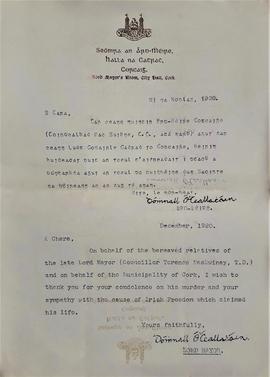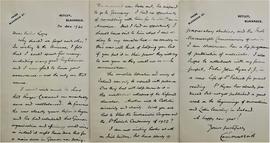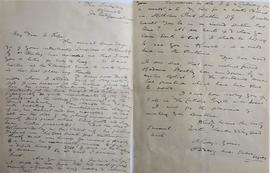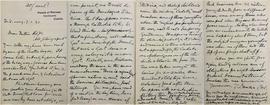- IE CA CP/3/2/1/9
- File
- 1921-1951
Part of Irish Capuchin Archives
A bound volume of letters to Fr. Henry Rope from William Frederick Paul Stockley (Woodside, Tivoli, Cork). The volume is annotated on the spine ‘Letters to Father H.E.G. Rope / VIII’. The first item in the volume is a letter from Fr. Rope to Fr. Senan Moynihan OFM Cap. referring to his long-standing friendship with the late Andrew Hilliard Atteridge (1852-1941). The letter is dated 25 April 1951 and contains information about Atteridge’s life. The Stockley letters are mostly personal correspondence with references to contemporary politics and various religious subjects.






